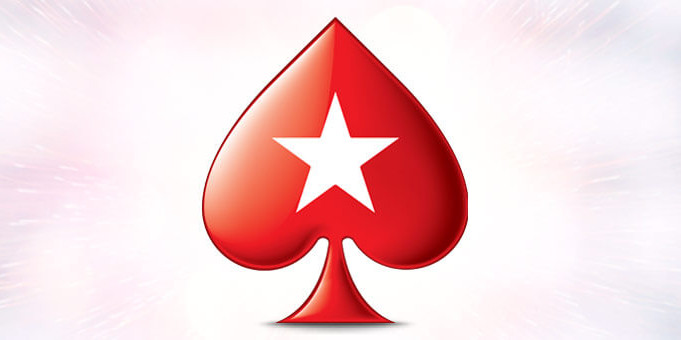
Six high stakes tables
Well, it looks like this is PokerStars week here at PND. It’s unintentional, but hey, poker news tends to be slow around the holidays, so we’ll take what we can get. In today’s edition, we’re not going to talk about Stars tournaments, but rather the site’s cash games. Specifically, high stakes cash games, where the world’s online poker leader is testing out short stack tables.
Originally reported by Poker Industry PRO, the games are limited to No-Limit Hold’em and Pot-Limit Omaha and only at stakes where most of wouldn’t dare play: $5/$10, $10/$20, and $25/$50. The key to these tables is that buy-ins can range from just 10 big blinds to 100 big blinds.
The normal minimum buy-in is 40 big blinds.
As of this writing, there are just six such tables in the PokerStars lobby, one of each game type at the three different stakes levels. They are easily recognizable and sortable by the “Short” label under the “Type” column in the lobby. All of the tables are also six-handed.

PokerStars’ goal with these tables is to try to jump start the high stakes games. The idea is that short stacks are easy to play; there is not much to them besides all-in or fold. Because of this, casual, deep-pocketed players – the kind of players that online poker rooms so dearly want to hold on to – may be attracted to these tables. They don’t require a ton of skill and give those who want to gamble it up the action they are looking for.
What’s old is new again
Interestingly, “short stackers” were derided by the poker community about a decade ago and online poker rooms took steps to discourage them from playing, primarily by raising the minimum buy-in at cash game tables. Sites also implemented rules that prevented people from returning to a table within a certain amount of time with a smaller stack than they had when they left.
Short stackers are people who buy-in for the minimum and proceed to play by a strict set of rules. The main rule is mostly go all-in or fold, though they also do half-stack bets at times, with the intent to go all-in during the next betting round. Then, if they win enough and their stack gets too large, they leave.
Short stackers were generally loathed for a number of reasons. First, they don’t bring enough money to the table for it to be worth tangling with them. And that’s not just based on how much someone could win, but also because the implied odds when they get involved in a hand often aren’t there because they have so few chips. Second, they tend to “hit and run,” not giving opponents a chance to win their money back. And third, people tend to feel like short stackers don’t play “real” poker.
As you can see in the image posted earlier, the short stack games are not too popular at the moment. It is about 4:15pm ET and there are a total of three players at the six tables.























